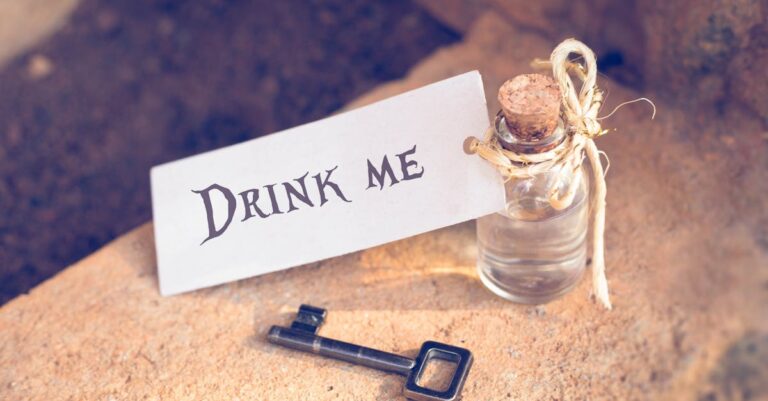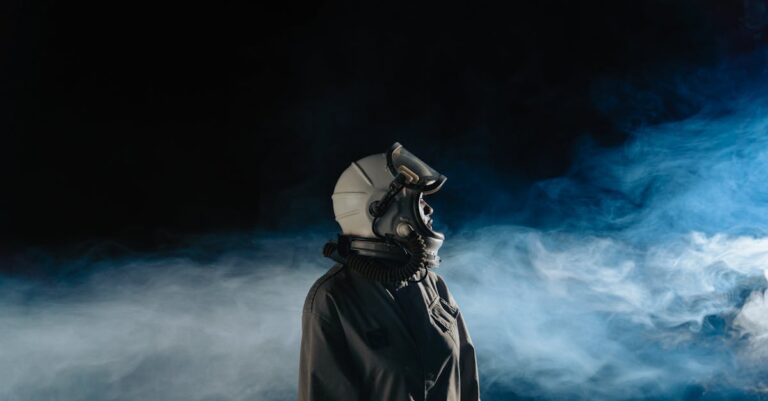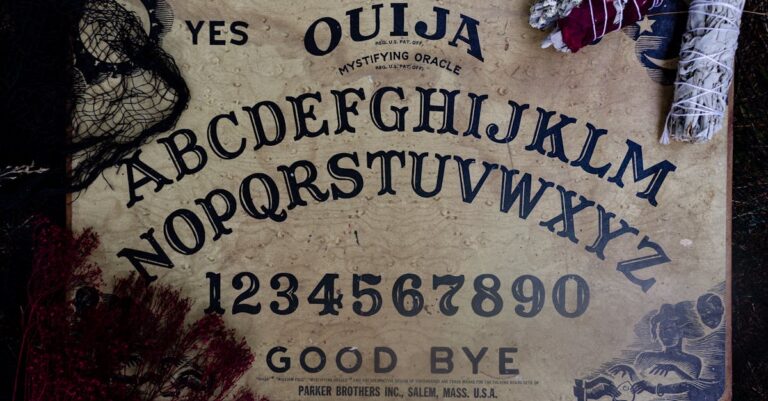
## Echo Bloom
The rain tasted like wet slate. Not the clean, metallic tang of a storm brewing, but the aged mineral taste of something ancient, unearthed. Elara spat, pushing a strand of damp auburn hair from her face. The Seattle drizzle always felt heavier than it should, clinging to everything like a persistent memory she couldn’t quite place.
She knelt beside the unearthed kiln, its clay bricks crumbling under a film of moss. Professor Davies called it a “domestic pottery system,” circa 1890. Elara just saw dirt, damp clay dust clinging to her jeans, and a feeling that vibrated deep in her bones. A memory? No. Something… more.
“Anything?” Davies’ voice, thin and reedy, sliced through the rain’s steady drumming. He peered over her shoulder, adjusting his spectacles.
“Just…feeling strange,” she mumbled, brushing a layer of silt from a shard of pottery. It felt warm beneath her fingertips, radiating a faint pulse she could almost hear.
Davies huffed. “Strange is hardly useful, Elara. We need analysis, documentation…” He trailed off, distracted by a glint of metal half-buried in the kiln’s base. He dug it out – a small, tarnished silver locket.
He flipped it open. Inside, a miniature portrait of a woman with striking blue eyes, strikingly familiar. Elara felt a jolt, a sudden rush of something like dizziness.
“Remarkable,” Davies breathed, oblivious to her discomfort. “A perfect miniature portrait. Late Victorian style.”
Elara felt a wave wash over her, a dizzying cascade of images – laughter echoing across a sun-drenched field, the scent of lavender and freshly baked bread, a child’s small hand clasped tight in hers. It vanished as quickly as it came, leaving her breathless and disoriented.
“I… I need some air,” she choked out, stumbling away from the kiln. The rain felt colder now, a physical weight pressing down on her chest.
That night, sleep offered no escape. She dreamt of the woman in the locket, not as a portrait, but alive, vibrant, laughing. And then, she was *in* the dream, standing beside her in a vast lavender field, the sun warm on her skin. The woman turned to her, her blue eyes sparkling with an uncanny recognition.
“You remember,” the woman said, a whisper carried on the breeze. “We all do.”
Elara woke with a gasp, her heart hammering against her ribs. The dream felt more real than reality itself. She dismissed it as stress, the culmination of weeks spent on the dig. But the unease lingered, a persistent hum beneath her skin.
The next day at the dig, it happened again. Touching another shard of pottery, a wave of sensation flooded her – the taste of saltwater taffy, the rumble of a train engine, the feel of coarse wool against her cheek. Each sensation was intensely vivid, overwhelmingly real.
Across town, in a sprawling Victorian mansion overlooking Puget Sound, Julian Thorne experienced something similar. He’s an investment banker, accustomed to meticulously controlled environments and calculated risks. This… this was different.
He’s cataloging his late grandmother’s belongings, a tedious task he approached with efficient detachment. He found a small, intricately carved wooden box tucked away in an antique desk. Inside lay a collection of dried flowers pressed between sheets of yellowed parchment. As he touched the petals, a flash – a sun-drenched orchard, the sticky sweetness of ripe peaches on his tongue, the warmth of a grandmother’s hand stroking his hair.
He recoiled, shaking his head in disbelief. He spent the rest of the day dismissing it as fatigue, a trick of the light. But the memory lingered, an unexpected pang of longing he couldn’t explain.
The phenomenon spread, a subtle tremor rippling through the city’s inhabitants. A young chef tasted her grandmother’s long-lost apple pie recipe without ever having known her. A mechanic felt the precise weight and balance of a vintage motorcycle he’s never seen. An architect suddenly understood the intricacies of a long-abandoned Victorian greenhouse, its blueprints lost to time.
Dr. Lena Hanson, a neuroscientist specializing in consciousness, was the first to recognize the pattern. She monitored her own unsettling experiences – the sudden compulsion to bake sourdough bread, a yearning for a childhood home she’s never known. She started tracking reports from other patients exhibiting identical symptoms: inexplicable memories, sensory echoes of lives they’d never lived.
“It’s not mass hysteria,” she told her colleagues at the University of Washington Medical Center. “The neurological activity is real. We’re seeing synchronized brainwave patterns, sensory processing fluctuations… It’s as if individuals are tapping into a shared reservoir of experience.”
Lena’s research kept hitting walls. Conventional scientific models couldn’t account for the phenomenon. Then, she stumbled upon Professor Davies’ dig site, saw Elara’s obvious distress, and realized the connection.
“The pottery,” Lena said to Davies, her voice tight with urgency. “It’s acting as a conduit.”
Davies scoffed. “Conduit to what, Dr. Hanson? Fantasies?”
“Something beyond our current understanding,” Lena countered, gesturing to Elara who was sketching furiously in her notebook. She was capturing a complex diagram – an intricate network of interconnected nodes, radiating outwards from the pottery shards.
“It’s like… a neurological map,” Elara mumbled, her eyes fixed on the paper. “A resonance frequency.”
The network grew exponentially as more artifacts were unearthed, each shard pulsing with a unique sensory signature. Lena theorized that the pottery acted as a focal point, amplifying and transmitting residual neurological imprints left by generations past.
“Think of it like a biological hard drive,” Lena explained to a skeptical panel of scientists. “Each generation uploads their experiences, their memories… and the pottery acts as a receiver.”
But it wasn’t just passive. The resonance grew stronger, the sensory echoes more intense. People started experiencing precognitive flashes – glimpses of future events intertwined with fragments of the past. Julian Thorne had a vision of his company collapsing, a prophetic premonition mirroring the downfall of several prominent families from his ancestry.
Elara, now deeply intertwined with Lena’s research, experienced the most profound visions – kaleidoscopic glimpses of a unified consciousness, a collective organism governed by bio resonance. She saw humanity not as disparate individuals but as interconnected nodes within a vast, living network.
The established institutions – governments, corporations, religious organizations – started to crumble under the weight of the unfolding truth. The concept of individual identity dissolved as people realized their lives were inextricably linked to those who came before and those yet to be.
A quiet revolution took root, not through violence or upheaval but through a gradual shift in understanding. People began prioritizing collective well-being over individual gain, embracing cooperation and empathy as the cornerstones of a new social order.
But not everyone welcomed the change. Powerful figures, threatened by the erosion of their authority, sought to suppress the discovery, labeling it as mass delusion.
The climax arrived when a shadowy organization, known only as “Chronus,” attempted to destroy the dig site, fearing the ramifications of a unified consciousness. Julian Thorne, guided by his precognitive visions, managed to expose Chronus’s plot and thwart their efforts.
The battle wasn’t waged with weapons but with information, with the power of shared understanding. The world watched as Chronus’s leaders were revealed to be descendants of a long line of individuals who had actively sought to control and manipulate the collective consciousness.
In the aftermath, a new era dawned – an era of interconnectedness and shared responsibility. The concept of mortality began to lose its sting as people realized their lives were not confined to a single existence but interwoven with the experiences of countless generations.
Elara, standing beside Lena and Julian at the rebuilt dig site, touched a newly unearthed shard of pottery. A wave of sensation flooded her – not a memory this time, but a feeling of profound peace and belonging.
“We are all echoes,” she whispered, her voice filled with awe. “And we are all blooming.”
The rain continued to fall on Seattle, a gentle rhythm connecting the past, present, and future. A symphony of resonance, carried on the wind, a testament to humanity’s newfound unity.


